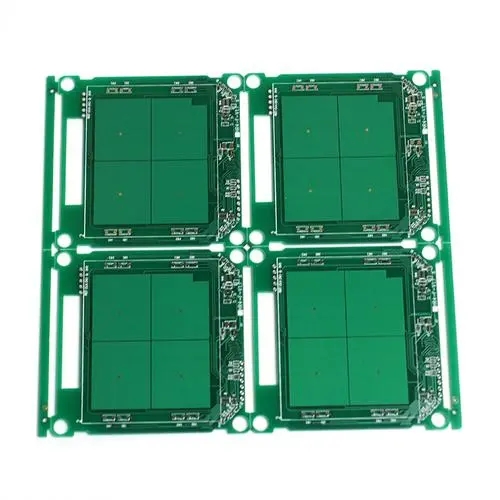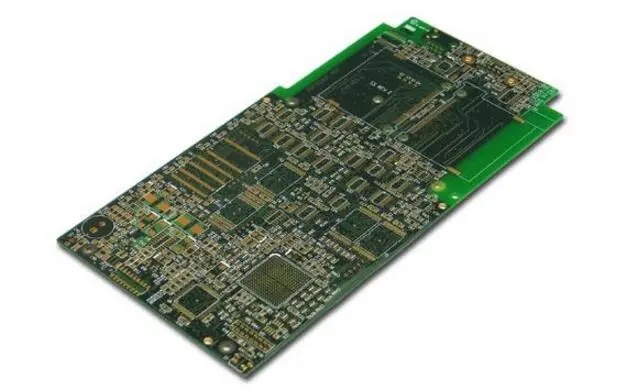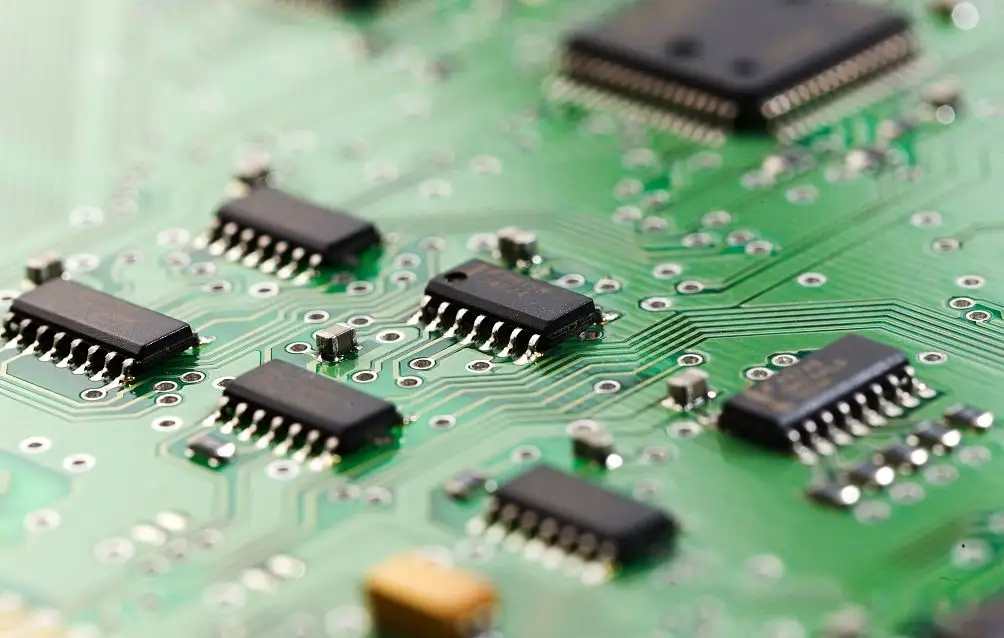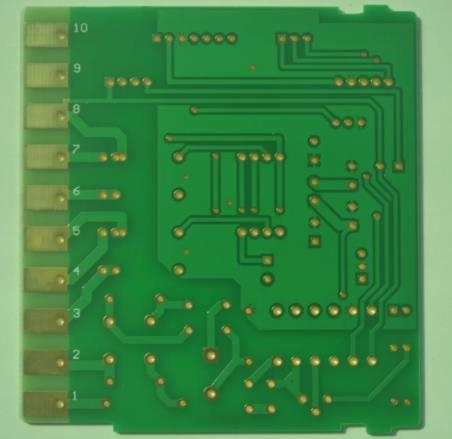

DetaiLED explanation of reflection caused by PCB wiring width change
PCB manufacturers, PCB designers and PCBA manufacturers explain the reflection caused by PCB wiring width changes
When routing PCB, it often happens that when routing through an area, thinner lines have to be used because of the limited wiring space in the area. After passing through the area, the lines will return to their original width. The change of wiring width will cause impedance change, so reflection will occur and affect the signal. Under what circumstances can this influence be ignored, and under what circumstances must we consider its influence?
There are three factors related to this effect: the magnitude of the impedance change, the rise time of the signal, and the time delay of the signal on the narrow line.
First, the magnitude of impedance change is discussed. The design of many circuits requires that the reflected noise is less than 5% of the voltage swing (this is related to the noise budget on the signal). According to the reflection coeffICient formula:

ρ= (Z2-Z1)/(Z2+Z1) =△Z /(△Z+2Z1)≤5%
The approximate change rate of impedance can be calculated as follows: △ Z/Z1 ≤ 10%
As you may know, the typical indicator of impedance on a circuit board is+/- 10%, which is the root cause.
If the impedance changes only once, for example, when the line width changes from 8mil to 6mil, the 6mil width is maintained all the time. To meet the noise budget requirement that the signal reflected noise at the abrupt change does not exceed 5% of the voltage swing, the impedance change must be less than 10%. SometiMES it is difficult to do this. Take the situation of the microstrip line on the FR4 board as an example, let's calculate. If the line width is 8mil, the thickness between the line and the reference plane is 4mil, and the characteristic impedance is 46.5 ohms. The characteristic impedance becomes 54.2 ohms when the line width changes to 6 mil, and the impedance change rate reaches 20%. The amplitude of the reflected signal must exceed the standard. As for the impact on the signal, it is also related to the signal rise time and the signal delay from the driving end to the reflection point. But at least this is a potential problem. Fortunately, the problem can be solved by impedance matching termination.
If the impedance changes twice, for example, the line width changes from 8mil to 6mil, and then changes back to 8mil after pulling out 2cm. Then reflection will occur at both ends of a 2cm long 6mil wide line. Once, the impedance becomes larger, positive reflection occurs, and then the impedance becomes SMAller, negative reflection occurs. If the interval between two reflections is short enough, the two reflections may cancel each other, thus reducing the impact. Assuming the transmission signal is 1V, 0.2V is reflected in the first positive reflection, 1.2V continues to transmit forward, and - 0.2 * 1.2=0.24V is reflected back in the second reflection. Assuming that the 6mil line is extremely short and two reflections occur almost at the same time, the total reflection voltage is only 0.04V, which is less than the noise budget requirement of 5%. Therefore, whether and how much this reflection affects the signal depends on the time delay at the impedance change and the signal rise time. Research and experiments show that as long as the time delay at the impedance change is less than 20% of the signal rise time, the reflected signal will not cause problems. If the signal rise time is 1ns, the time delay at the impedance change is less than 0.2ns corresponding to 1.2in, and the reflection will not cause problems. That is to say, in this case, if the length of 6mil wide cable is less than 3cm, there will be no problem.
When the PCB wiring width changes, careful analysis should be made according to the actual situation to see if there is any impact. There are three parameters to be concerned: how large is the impedance change, how long is the signal rise time, and how long is the neck part of the line width change. Estimate roughly according to the above method, and leave a certain margin appropriately. If possible, try to reduce the length of the neck.
It should be pointed out that in the actual PCB processing, the parameters cannot be as accurate as in the theory. The theory can provide guidance for our design, but it cannot be copied or dogmatic. After all, this is a practical science. The estimated value shall be properly revised according to the actual situation and then applied to the design. PCB manufacturers, PCB designers and PCBA manufacturers will explain the reflection caused by PCB wiring width changes.
然后
聯(lián)系
電話熱線
13410863085Q Q

微信

- 郵箱











